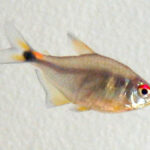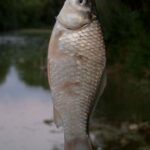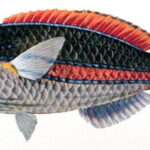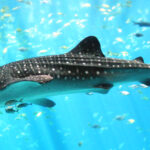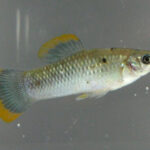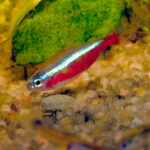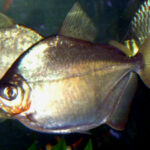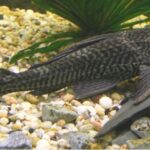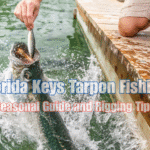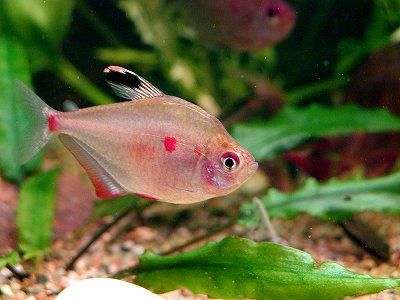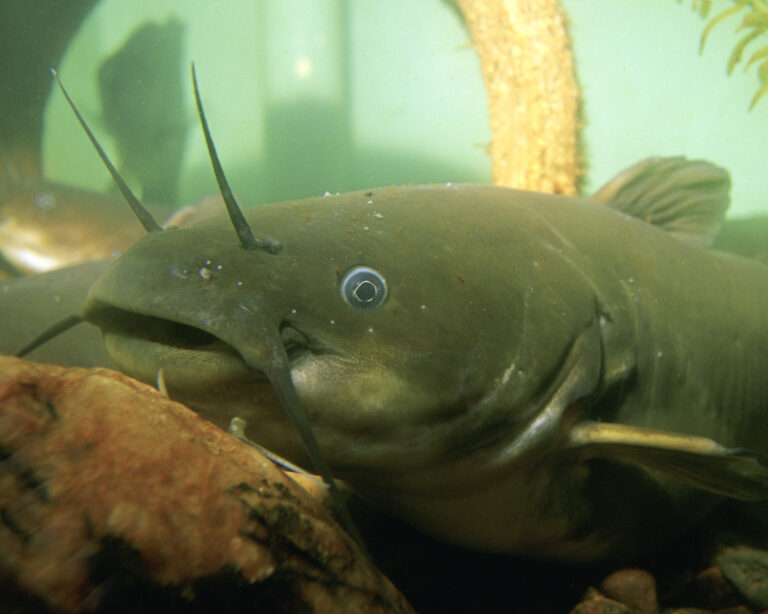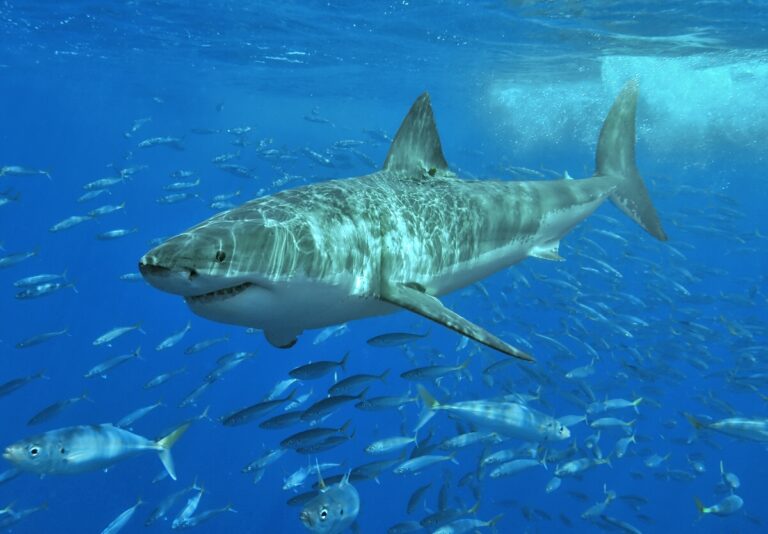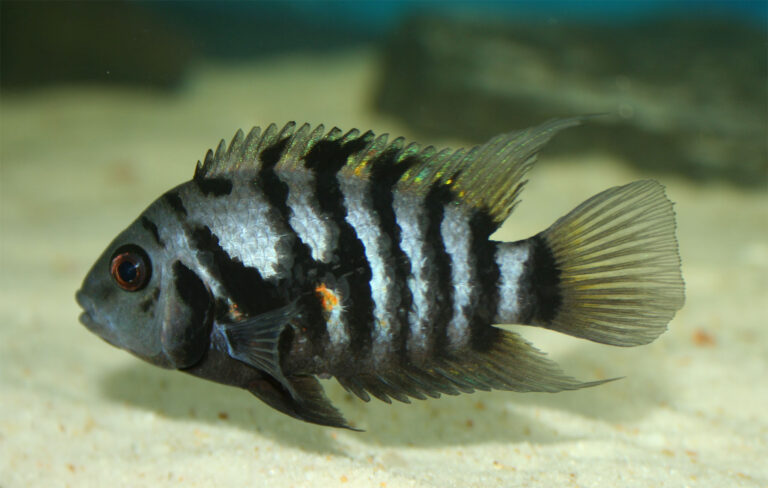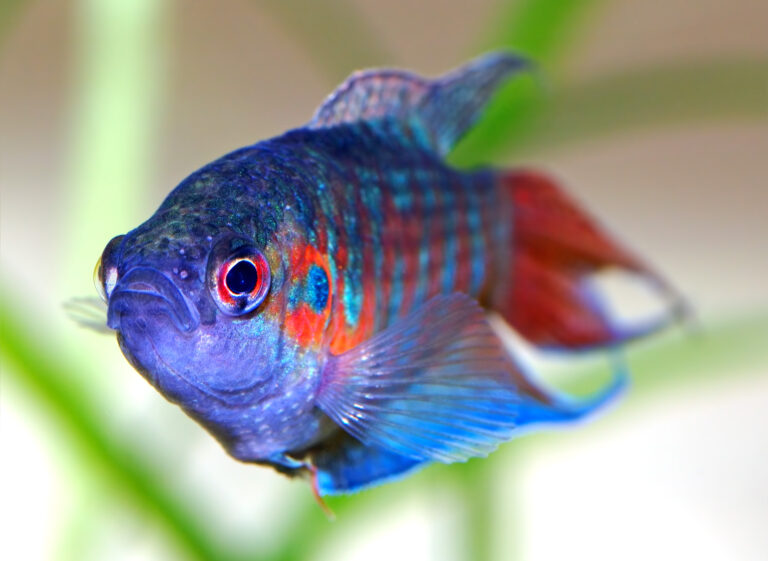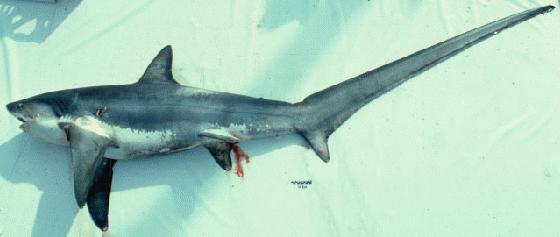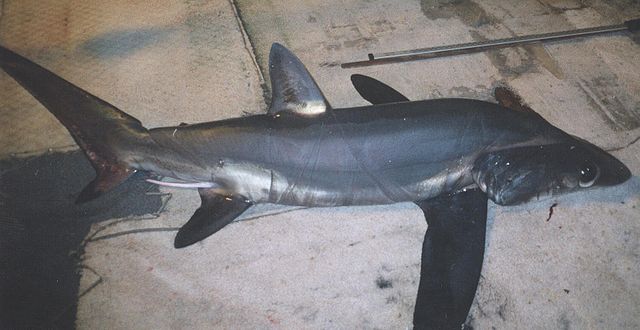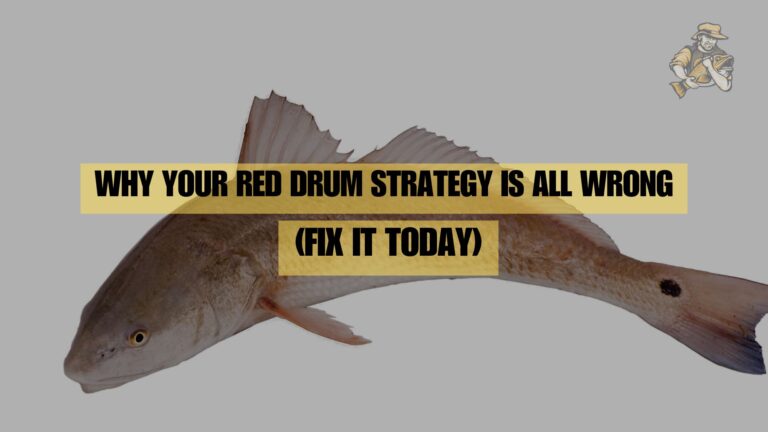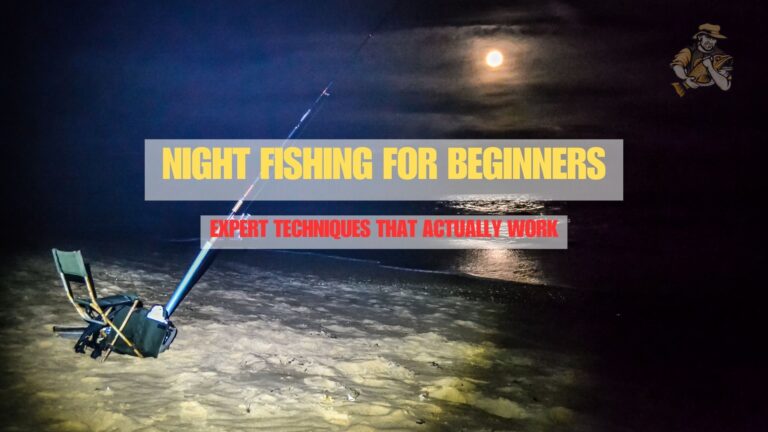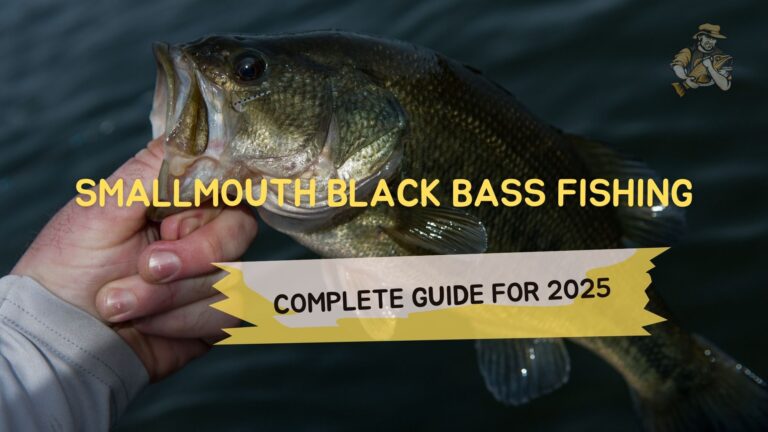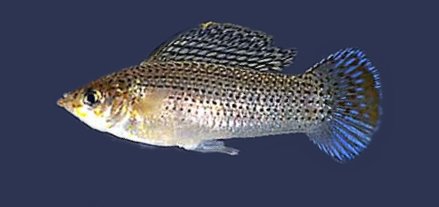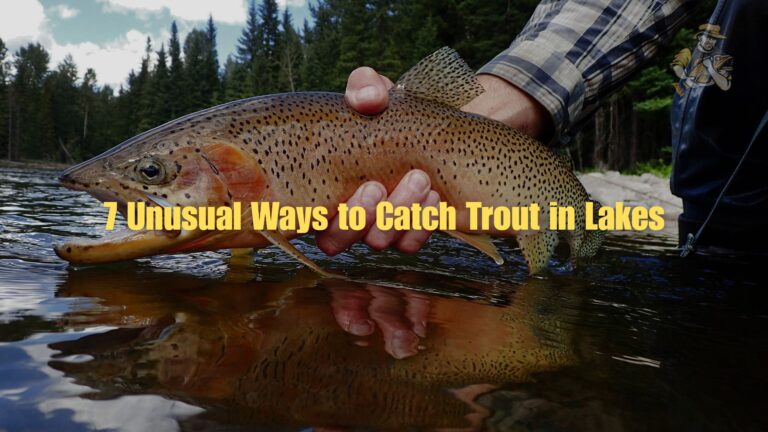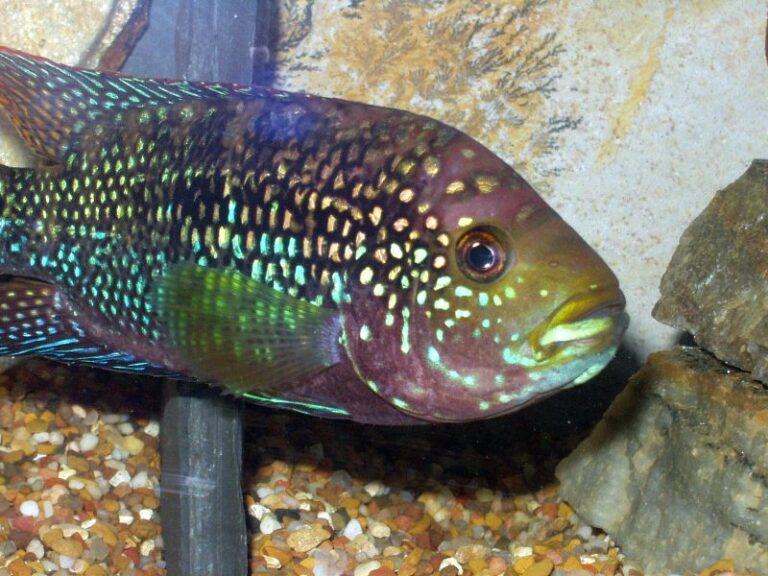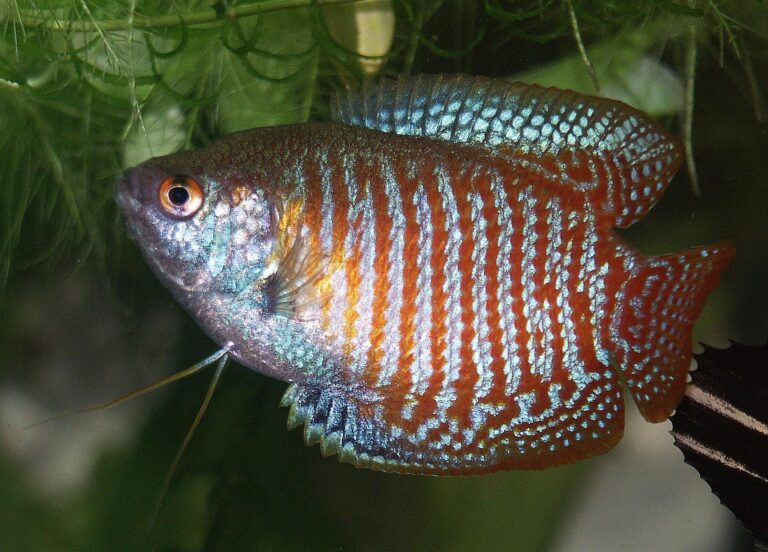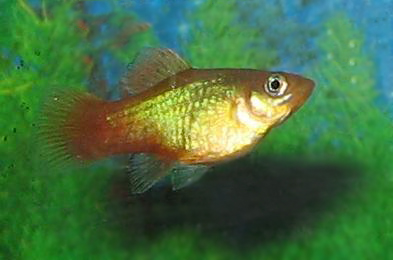Blacktip Shark
By Ryan Maron | Last Modified: July 7, 2025
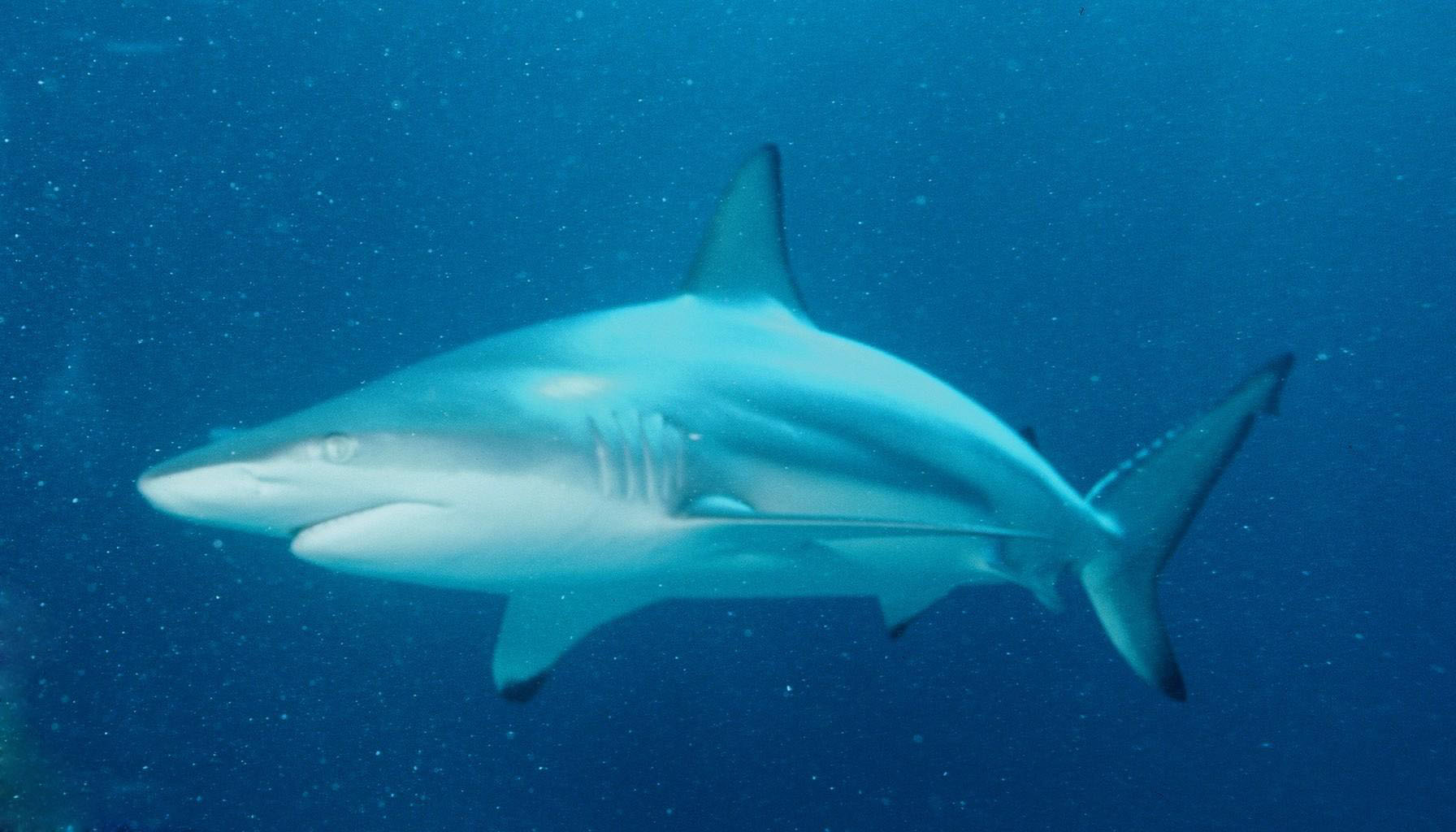
The Blacktip Shark (Carcharhinus limbatus) stands as one of the most recognizable and ecologically significant predators in tropical and subtropical waters worldwide. Distinguished by the distinctive black tips on its fins that give this species its common name, the Blacktip Shark plays a crucial role as a mid-level predator in marine ecosystems. This highly migratory species demonstrates remarkable adaptability, inhabiting both coastal and offshore waters while serving as an indicator of ocean health.
The Blacktip Shark holds considerable importance in marine food webs, regulating populations of smaller fish and invertebrates while supporting commercial and recreational fishing industries. Their presence indicates healthy reef and coastal ecosystems, making them valuable both ecologically and economically. Understanding this species becomes increasingly critical as coastal development and climate change continue to impact their traditional habitats and migration patterns.
| Feature | Details |
|---|---|
| Common Name | Blacktip Shark |
| Scientific Name | Carcharhinus limbatus |
| Family | Carcharhinidae |
| Typical Size | 150-200 cm, 18-123 kg |
| Habitat | Coastal and offshore waters |
| Diet | Fish, rays, crustaceans |
| Distribution | Tropical and subtropical waters worldwide |
| Conservation Status | Vulnerable |
Taxonomy & Classification
The Blacktip Shark belongs to the family Carcharhinidae, commonly known as requiem sharks, which comprises over 50 species of active, fast-swimming predators. First described by Valenciennes in 1839, Carcharhinus limbatus derives its scientific name from the Greek “karcharos” meaning sharp and “rhinos” meaning nose, while “limbatus” refers to the bordered or edged appearance of its fins.
Within the genus Carcharhinus, the Blacktip Shark is closely related to other coastal species including the Bull Shark and spinner shark. Phylogenetic studies indicate that the Blacktip Shark diverged from its closest relatives approximately 10-15 million years ago during the Miocene epoch. The species exhibits minimal genetic variation across its global range, suggesting relatively recent worldwide dispersal and high gene flow between populations.
Taxonomic classification places the Blacktip Shark within the order Carcharhiniformes, which includes ground sharks characterized by five gill slits, two dorsal fins, and nictitating membranes. This evolutionary group represents the most diverse and successful lineage of modern sharks, adapting to various marine environments from shallow coastal waters to deep oceanic habitats.
Physical Description
The Blacktip Shark exhibits a streamlined, torpedo-shaped body perfectly adapted for swift movement through water. Adults typically reach lengths of 150-200 centimeters, with females generally growing larger than males. Maximum recorded length approaches 255 centimeters, though specimens exceeding 200 centimeters become increasingly rare due to fishing pressure.
The species’ most distinguishing feature consists of prominent black tips on the pectoral, dorsal, pelvic, and caudal fins, with the intensity of these markings varying among individuals and populations. The first dorsal fin displays a particularly pronounced black tip, while the anal fin typically remains unmarked. Body coloration ranges from bronze to dark gray dorsally, transitioning to white or pale yellow ventrally, providing effective countershading camouflage.
The head features a pointed snout of moderate length, housing rows of sharp, serrated teeth perfectly designed for grasping slippery prey. Upper teeth are broad and triangular with serrated edges, while lower teeth appear narrower and more pointed. The species possesses five gill slits on each side, with the fourth and fifth slits positioned above the pectoral fin origin.
Blacktip Sharks display sexual dimorphism, with mature males developing prominent claspers used for reproduction. The distinctive spinner-like body shape allows for the spectacular aerial displays that make this species popular among wildlife observers and photographers.
Habitat & Distribution
Blacktip Sharks inhabit tropical and subtropical waters across the globe, demonstrating remarkable adaptability to various marine environments. Their distribution spans the Atlantic, Pacific, and Indian Oceans, with populations thriving in both coastal and offshore waters. These sharks prefer temperatures between 20-30°C and typically inhabit depths ranging from the surface to 100 meters.
In the western Atlantic, Blacktip Sharks range from Massachusetts to southern Brazil, including the Gulf of Mexico and Caribbean Sea. Eastern Atlantic populations extend from the Mediterranean Sea to Angola, while Indo-Pacific populations span from the Red Sea to South Africa and from Japan to Australia. The species also inhabits waters around oceanic islands, including Hawaii, where they represent important components of coral reef ecosystems.
Coastal habitats include shallow bays, estuaries, coral reefs, and sandy beaches where these sharks often venture into water less than two meters deep. During certain seasons, massive aggregations occur in specific locations, such as the famous gatherings off Florida’s coast where thousands of individuals migrate through nearshore waters. These aggregations typically coincide with reproductive cycles and prey availability.
The species demonstrates strong site fidelity to nursery areas, with juveniles remaining in shallow, protected waters for their first few years of life. Mangrove creeks, seagrass beds, and shallow lagoons provide critical nursery habitat where young sharks find abundant food and protection from larger predators.
Diet & Feeding Behavior
Blacktip Sharks are opportunistic predators that employ diverse hunting strategies to capture prey. Their diet consists primarily of small to medium-sized bony fish, including sardines, anchovies, mullet, and catfish. They also consume rays, skates, small sharks, crustaceans, and occasionally cephalopods, demonstrating remarkable dietary flexibility across different habitats and seasons.
These sharks exhibit both individual and cooperative hunting behaviors, often forming loose aggregations when pursuing schooling fish. Their exceptional speed and agility allow them to execute rapid strikes, frequently breaching the surface in spectacular displays while pursuing prey. This aerial behavior, though less pronounced than in spinner sharks, represents an effective hunting technique for capturing surface-dwelling fish.
Feeding typically occurs during dawn and dusk hours when prey activity peaks, though Blacktip Sharks remain opportunistic feeders throughout the day. Seasonal migrations often coincide with prey movements, particularly during sardine runs and mullet migrations that provide abundant feeding opportunities. Stomach content analyses reveal that larger individuals tend to consume proportionally more elasmobranchs, while smaller sharks focus primarily on bony fish.
The species’ feeding ecology plays a crucial role in maintaining healthy marine ecosystems by controlling prey populations and facilitating nutrient cycling. Their position as mesopredators creates important linkages between lower and higher trophic levels, similar to the ecological roles observed in Tiger Shark populations.
Behavior & Adaptations
Blacktip Sharks demonstrate complex behavioral patterns that enhance their survival in competitive marine environments. These sharks are primarily active during daylight hours, exhibiting diurnal behavior that distinguishes them from many other shark species. Their social structure varies seasonally, with individuals forming large aggregations during migration periods while maintaining more solitary behavior during feeding and reproduction.
The species possesses highly developed sensory systems, including acute vision, enhanced electroreception through ampullae of Lorenzini, and lateral line sensitivity that detects water movement and pressure changes. These adaptations enable efficient prey detection and predator avoidance in various environmental conditions. Their eyes contain a reflective layer called the tapetum lucidum, improving vision in low-light conditions.
Migration represents one of the most remarkable behavioral adaptations of Blacktip Sharks. Populations undertake extensive seasonal movements, traveling hundreds of kilometers between feeding and breeding grounds. These migrations follow predictable patterns, with individuals returning to specific locations year after year, demonstrating impressive navigational abilities likely based on magnetic, chemical, and thermal cues.
Blacktip Sharks exhibit remarkable jumping behavior, launching themselves completely out of the water while feeding or during apparent play behavior. This spectacular display serves multiple functions, including prey capture, parasite removal, and possibly communication with other sharks. The species’ streamlined body shape and powerful tail provide the necessary propulsion for these energetic displays.
Stress responses in Blacktip Sharks include rapid swimming, erratic movements, and attempts to avoid confinement. These behaviors have important implications for catch-and-release fishing practices, as stressed individuals may experience higher mortality rates even after release.
Reproduction & Life Cycle
Blacktip Sharks exhibit a viviparous reproductive strategy, with females giving birth to live young after a gestation period of approximately 10-12 months. Sexual maturity occurs relatively early compared to larger shark species, with males reaching maturity at 135-180 centimeters and females at 120-190 centimeters, corresponding to ages of 4-7 years.
Mating typically occurs during spring and early summer months, with males pursuing females in shallow coastal waters. The species demonstrates polygamous mating systems, with successful males potentially mating with multiple females during a single breeding season. Courtship behavior includes following, biting, and complex swimming displays that precede copulation.
Females produce litters of 3-6 pups, though litter sizes can vary based on maternal size and environmental conditions. Newborns measure approximately 50-60 centimeters at birth and must immediately fend for themselves, as Blacktip Sharks provide no parental care after birth. The species exhibits a reproductive cycle of approximately two years, with females requiring a recovery period between pregnancies.
Nursery areas play critical roles in juvenile survival, providing abundant prey and protection from predators. Young sharks remain in shallow, protected waters for 2-3 years, gradually moving to deeper waters as they mature. Juvenile growth rates vary with temperature, prey availability, and habitat quality, with optimal conditions supporting rapid development.
The species’ relatively fast growth and early maturity provide some resilience against fishing pressure, though these characteristics also make populations vulnerable to overexploitation. Conservation efforts increasingly focus on protecting critical nursery habitats and managing fishing mortality to ensure sustainable populations.
Predators & Threats
Adult Blacktip Sharks face predation primarily from larger shark species, including Bull Sharks, tiger sharks, and great hammerheads. Juvenile sharks experience higher predation rates, with threats including larger sharks, rays, and occasionally marine mammals. The species’ speed and agility provide effective escape mechanisms, though successful predation still occurs regularly.
Human activities represent the most significant threat to Blacktip Shark populations worldwide. Commercial and recreational fishing operations target these sharks for their fins, meat, and liver oil, while many individuals are caught incidentally in fisheries targeting other species. The species’ coastal habitat preferences increase exposure to fishing pressure, particularly in areas with intensive fishing activity.
Habitat degradation poses growing threats to Blacktip Shark populations. Coastal development, pollution, and climate change impact critical nursery areas and feeding grounds. Destruction of mangrove ecosystems, seagrass beds, and coral reefs reduces available habitat and prey resources, forcing sharks to concentrate in smaller areas where they become more vulnerable to fishing pressure.
Marine pollution, including plastic debris, chemical contaminants, and oil spills, affects Blacktip Sharks through direct ingestion and bioaccumulation of toxins. Heavy metals, pesticides, and industrial chemicals concentrate in shark tissues, potentially affecting reproduction, growth, and immune function.
Climate change impacts include rising water temperatures, ocean acidification, and altered precipitation patterns that affect coastal habitats. These changes can disrupt prey distributions, alter migration patterns, and reduce the quality of nursery areas essential for juvenile survival.
Conservation Status
The International Union for Conservation of Nature (IUCN) classifies the Blacktip Shark as Vulnerable globally, though regional populations face varying levels of threat. This designation reflects documented population declines in several regions, particularly in heavily fished areas of the Atlantic and Indo-Pacific. The species’ vulnerability stems from its coastal habitat preferences, which increase exposure to fishing pressure and habitat degradation.
According to NOAA Fisheries, United States populations of Blacktip Sharks are considered stable, though management measures continue to regulate fishing mortality. The species is included in the Highly Migratory Species Fishery Management Plan, which establishes quotas, size limits, and seasonal restrictions to ensure sustainable harvest levels.
International conservation efforts include the species’ listing under the Convention on International Trade in Endangered Species (CITES) Appendix II, which regulates international trade in shark products. This designation requires permits for international shipments and helps combat illegal fishing and trafficking of shark fins.
Regional fishery management organizations have implemented various conservation measures, including fishing quotas, seasonal closures, and gear restrictions designed to reduce bycatch mortality. Some areas have established shark sanctuaries where fishing for all shark species is prohibited, providing refugia for rebuilding populations.
Research initiatives focus on improving stock assessments, understanding migration patterns, and developing more effective conservation strategies. Satellite tagging studies provide valuable data on movement patterns and habitat use, informing the design of marine protected areas and fishing regulations.
Human Interaction
Blacktip Sharks have relatively low rates of human interaction compared to larger, more aggressive species, though encounters do occur in coastal waters where human activities overlap with shark habitat. The species generally exhibits timid behavior around humans, typically fleeing when approached by divers or swimmers. However, their presence in shallow waters occasionally leads to encounters with beachgoers and water sports enthusiasts.
Recreational fishing for Blacktip Sharks has gained popularity, particularly in the southeastern United States where the species is abundant. Anglers target these sharks for their fighting ability and acrobatic displays, though catch-and-release practices are increasingly encouraged to support conservation efforts. Proper handling techniques are essential to minimize stress and ensure high survival rates after release.
Commercial fisheries harvest Blacktip Sharks for various products, including meat for human consumption, fins for soup, and liver oil for vitamins. The species’ relatively small size makes it less valuable than larger sharks, though it still contributes significantly to shark fisheries in tropical and subtropical regions. Sustainable fishing practices are essential to prevent overexploitation.
Ecotourism involving Blacktip Sharks provides economic benefits to coastal communities while promoting conservation awareness. Shark diving operations and wildlife viewing tours offer opportunities to observe these sharks in their natural habitat, generating revenue that supports local conservation efforts.
Educational programs featuring Blacktip Sharks help dispel myths about shark behavior and promote conservation awareness. These initiatives emphasize the species’ ecological importance and the need for sustainable management practices to ensure healthy populations for future generations.
Interesting Facts
Blacktip Sharks possess remarkable jumping abilities, capable of launching themselves up to 6 feet out of the water during feeding frenzies or apparent play behavior. This spectacular display often occurs when sharks are pursuing fast-moving prey near the surface, creating memorable wildlife viewing experiences for observers.
The species demonstrates exceptional site fidelity, with individuals returning to the same areas year after year during seasonal migrations. Satellite tracking studies have documented sharks traveling over 1,000 kilometers between feeding and breeding grounds, yet consistently returning to specific locations with remarkable precision.
Blacktip Sharks can live for approximately 12-15 years, though maximum lifespan may extend beyond 20 years in optimal conditions. Age determination through vertebral analysis reveals that growth rates vary significantly based on geographic location, water temperature, and prey availability.
The species exhibits unique thermoregulatory adaptations, using behavioral modifications to maintain optimal body temperature in varying water conditions. Blacktip Sharks can adjust their vertical distribution in the water column to take advantage of temperature gradients, moving between surface and deeper waters as needed.
Female Blacktip Sharks demonstrate remarkable reproductive flexibility, capable of storing sperm for extended periods to delay fertilization until optimal conditions occur. This adaptation allows females to time births to coincide with abundant prey availability and favorable environmental conditions.
The species’ distinctive fin markings can vary significantly between individuals and populations, with some sharks displaying more pronounced black tips than others. These variations may reflect genetic differences, environmental influences, or age-related changes in pigmentation patterns.
Frequently Asked Questions
Are Blacktip Sharks dangerous to humans?
Blacktip Sharks are generally not considered dangerous to humans, though they account for a small percentage of shark attacks worldwide. Most incidents involve mistaken identity when sharks are feeding in murky water or during fishing activities. The species typically exhibits timid behavior around humans and usually flees when approached.
How can you identify a Blacktip Shark?
Blacktip Sharks are easily identified by the distinctive black tips on their pectoral, dorsal, pelvic, and caudal fins. They have a streamlined, torpedo-shaped body with bronze to dark gray coloration dorsally and white or pale yellow ventrally. The pointed snout and relatively small size compared to other requiem sharks also aid in identification.
What is the best technique for catching Blacktip Sharks?
Successful Blacktip Shark fishing typically involves using live or fresh bait such as sardines, mullet, or blue runners. Circle hooks are recommended to reduce injury and improve survival rates for released sharks. Fishing during dawn and dusk hours near schools of baitfish or in areas with strong currents often produces the best results.
Where do Blacktip Sharks give birth?
Blacktip Sharks give birth in shallow, protected coastal waters including bays, estuaries, and lagoons. These nursery areas provide abundant prey and protection from predators for newborn sharks. Specific locations include mangrove creeks, seagrass beds, and shallow reefs where juveniles can find suitable habitat for their first few years of life.
Conclusion
The Blacktip Shark represents a remarkable example of evolutionary adaptation and ecological success in marine environments worldwide. As both predator and prey, this species maintains critical balance in coastal ecosystems while supporting recreational and commercial fisheries. Understanding and protecting Blacktip Shark populations remains essential for maintaining healthy ocean ecosystems and ensuring sustainable fisheries for future generations. Their vulnerability to overfishing and habitat degradation underscores the urgent need for comprehensive conservation strategies that protect both individual sharks and the habitats they depend upon.
Share The Article:
More Fish Species:
-
Bleeding Heart Tetra
The Bleeding Heart Tetra represents one of the most distinctive and peaceful freshwater fish species in the aquarium trade,…
-
Yellow Bullhead
The Yellow Bullhead (*Ameiurus natalis*) represents one of North America’s most widespread and ecologically significant freshwater catfish species. This…
-
Great White Shark
The Great White Shark (*Carcharodon carcharias*) stands as one of the ocean’s most formidable apex predators, commanding respect and…
-
Convict Cichlid
The Convict Cichlid (Amatitlania nigrofasciata) stands as one of the most recognizable and widely distributed freshwater fish species in…
-
Paradise Fish
The Paradise Fish stands as one of the most remarkable representatives of the labyrinth fish family, captivating aquarists and…
-
Thresher Shark
The Thresher Shark represents one of the ocean’s most distinctive and captivating apex predators, renowned for its extraordinarily elongated…
Discover
-
Bigeye Thresher Shark
The Bigeye Thresher Shark represents one of the ocean’s most extraordinary predators, distinguished by its dramatically elongated tail fin…
-
Why Your Red Drum Strategy Is All Wrong (Fix It Today)
Last October, I was fishing the eastern shore of Lake Michigan near Ludington with my buddy Mike. Cold front…
-
Master Deep Ocean Fishing: Proven Methods for Massive Catches
There’s something almost magical about heading far offshore, where the continental shelf drops away and you’re floating above thousands…
-
Night Fishing for Beginners: Expert Techniques That Actually Work
My first night fishing trip was an absolute disaster. Picture this – fifteen-year-old me, armed with a rusty flashlight…
-
Texas Saltwater Fishing: Essential Tips From Adam
It was June 2010, and man was I cocky heading into that first Texas saltwater trip. Drove down from…
-
7 Best Family-Friendly Fishing Destinations in the U.S. (Tested with Kids!)
I still remember the first time I took my son Tommy fishing. He was five, armed with a Spider-Man…
Discover
-
Smallmouth Black Bass Fishing: Complete Guide for 2025
If you’ve ever felt that sudden, powerful tug on your line followed by an acrobatic jump that leaves your…
-
Black Molly
The Black Molly represents one of the most recognizable and enduring species in the freshwater aquarium trade, captivating both…
-
7 Unusual Ways to Catch Trout in Lakes (That Most Anglers Miss)
Chasing trout in lakes can be maddeningly difficult. Trust me, I’ve spent countless mornings staring at a dead rod…
-
Jack Dempsey Fish
The Jack Dempsey Fish stands as one of Central America’s most distinctive cichlid species, captivating aquarists and researchers alike…
-
Dwarf Gourami
The Dwarf Gourami (Trichogaster lalius) stands as one of the most popular freshwater aquarium fish species, renowned for its…
-
Sunset Platy
The Sunset Platy (Xiphophorus maculatus), commonly known as the Southern Platyfish, represents one of the most popular and recognizable…

